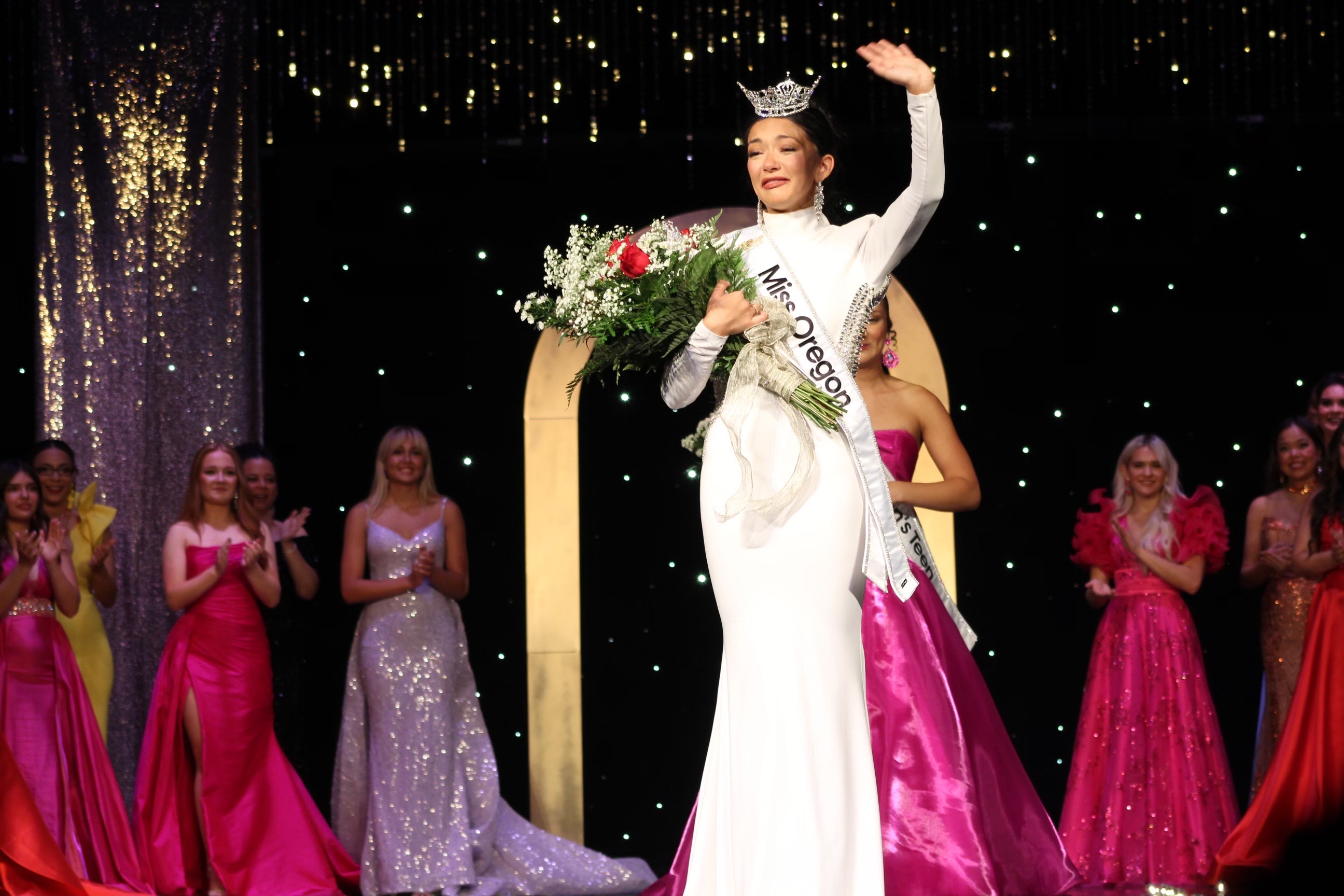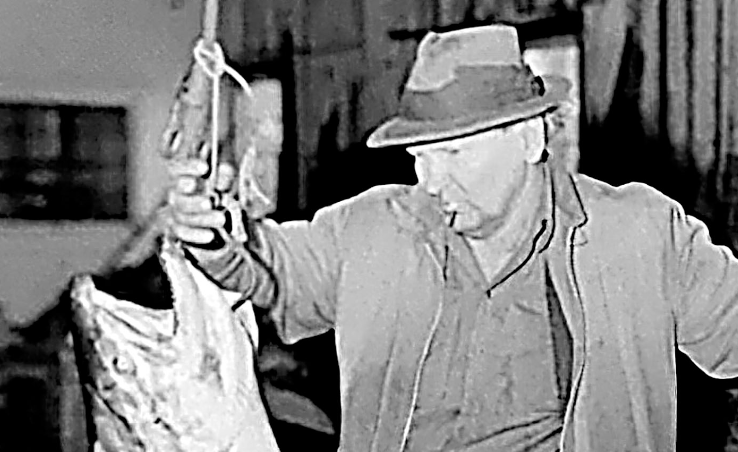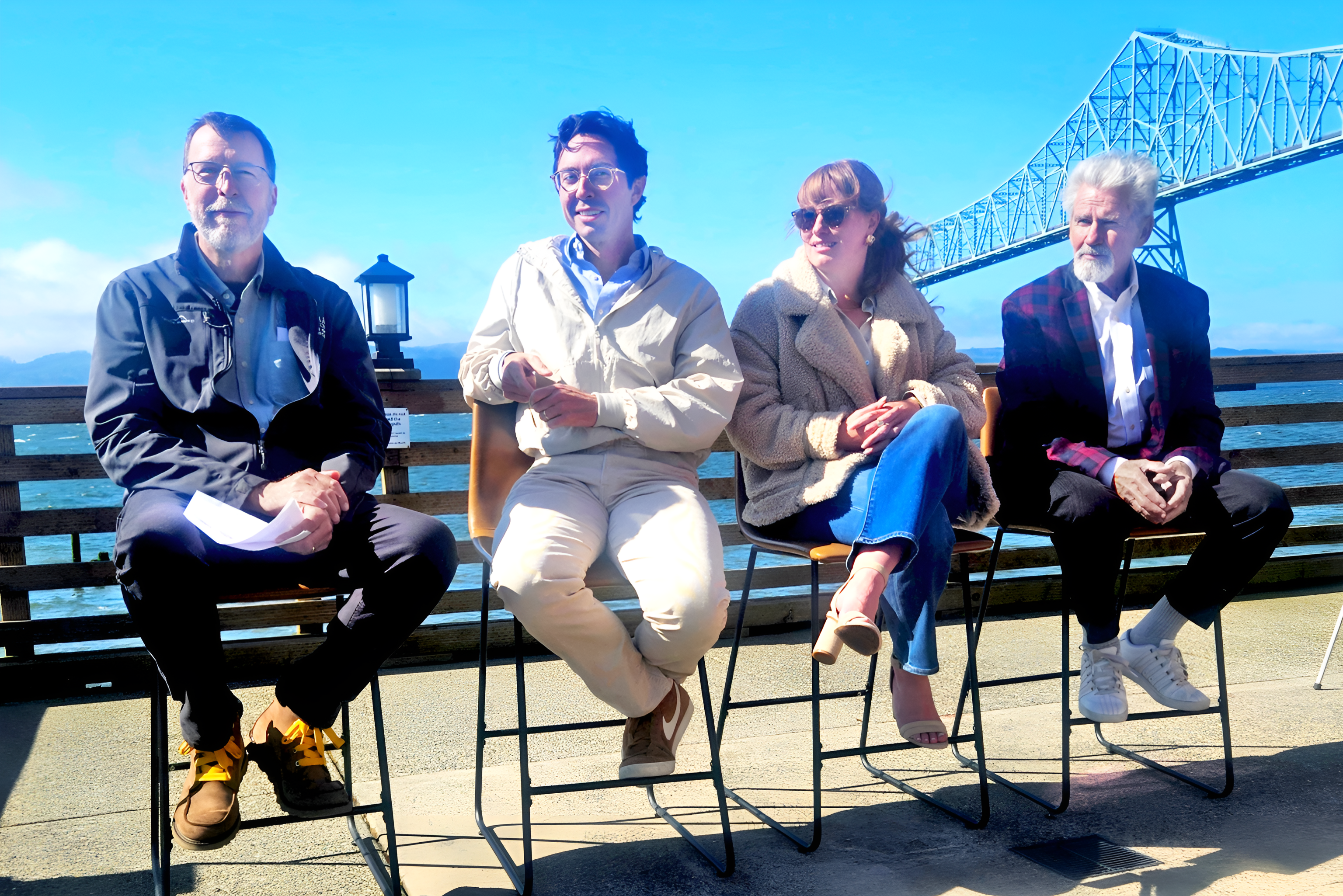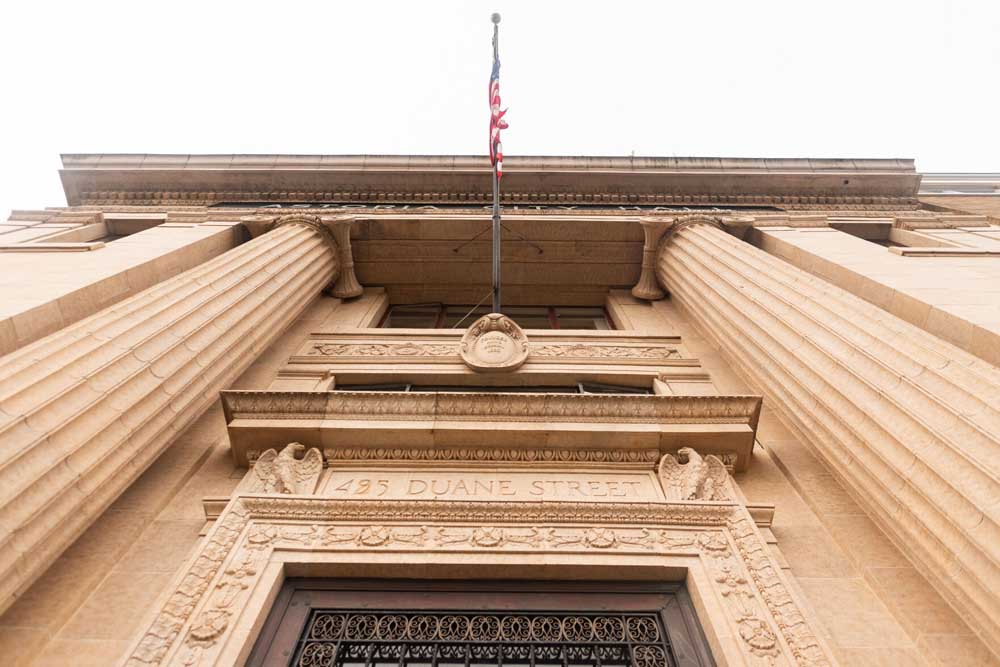Geologist aims to shake up Seaside City council
Published 4:03 am Saturday, September 3, 2016
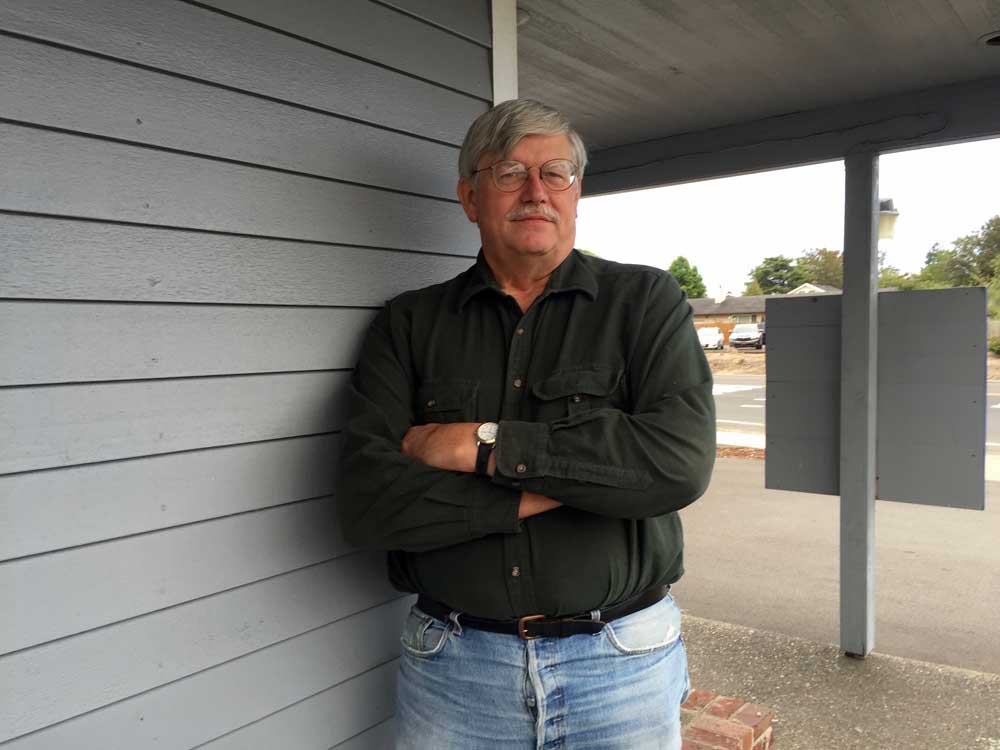
- @Photo credit:R.J. Marx/Seaside Signal @Photo caption:Tom Horning
Seaside might have felt a rumble as geologist and environmental consultant Tom Horning threw his hat in the ring in a bid for City Council.
Horning will challenge Council President Don Johnson in Ward 3 in November.
Horning, 62, is a lifelong Seaside resident dedicated to raising awareness of the unique and dire peril the city faces from its proximity to the Cascadia Subduction Zone.
“Tsunami preparedness should touch every issue,” Horning said. “I’m willing to make tsunami preparedness the highest priority of the city.”
In his opinion, the city administration is not doing enough.
“The city likes to not rock the boat too much,” he said. “They like to appear in control.”
Candidates for city elections had until Tuesday evening to file for the November ballot.
In Seaside, Horning likened tsunami preparedness to bracing for war.
“The city has done things the way they’re accustomed to doing them,” Horning said. “This calls for a different type of thinking. The risk of the next tsunami is so imminent that we need to make this the equivalent of a war footing.”
Horning was elected to the Sunset Empire Park and Recreation District board eight years ago and continues to serve in that role. He is a Seaside planning commissioner and former member of the parks advisory committee. A member of the board of directors of the North Coast Land Conservancy, he is a founder of the city’s tsunami advisory group.
Horning works as a geological consultant based in Seaside.
“The tsunami advisory group gave the city of Seaside a tsunami strategic investment plan,” he said. “It established the scenario we thought they should be planning for. We gave them a timeline, we gave them a budget and proposed a mechanism in which the city could raise funds. They said ‘thanks,’ and the next words out of their mouths were, ‘now let’s move on to more important stuff.’”
Replacing the city’s bridges could save thousands of lives, he said.
“Right now there are so many bridges that will collapse people will be stranded and won’t be able to get to safety,” he said. “They will be killed. The obvious thing to do is construct bridges as fast as you can.”
Replacement of the city’s most vulnerable crossings could be completed at a cost of about $50 million and save thousands of lives, he said. The city should start looking at funding mechanisms now, with options including added fees for water bills, road levies or outside funds from state and federal governments. “If we can’t get money from outside, we need to tax ourselves,” he said.
Seaside needs to show some “skin in the game” when approaching state and federal agencies for funds, Horning said, “to show we’re doing everything we can and still can’t pull it off.”
A Seaside School District bond vote is expected to ask voters for nearly $100 million to raise money for a new school campus outside the tsunami zone.
Horning is not sure that’s not putting the cart before the horse.
“I think the school bond ought to be delayed until the bridges are fixed,” he said. “The odds are very good students won’t be in school when it hits. Wouldn’t it be something to have an earthquake hit on a weekend, when no kids are in school, no lives are saved through the school district and then we let everybody else in town die because we haven’t built bridges yet? It’s well-meaning, but it’s backward.”
Whether schools or bridges take precedence, the city needs to take action.
“The tsunami is possibly going to happen in our lives,” he said. “We need to be ready for it. We’re morally obligated to get on with it.”
City Councilor Randy Frank, meanwhile, is running for re-election in Wards 1 and 2 and Councilor Seth Morrisey is bidding for a second term in Ward 4.


